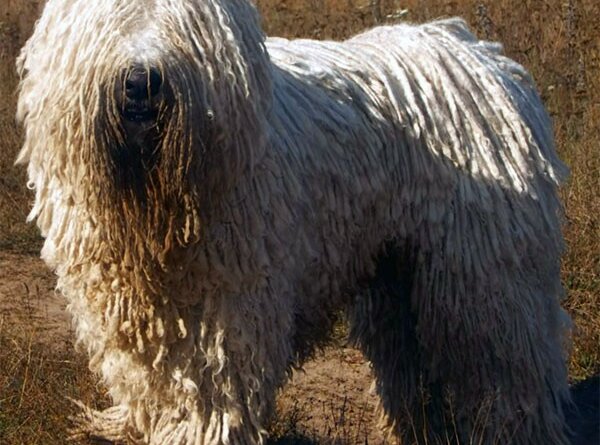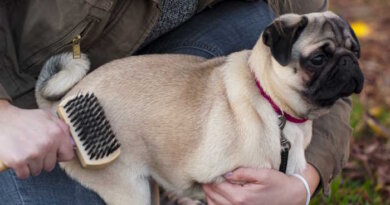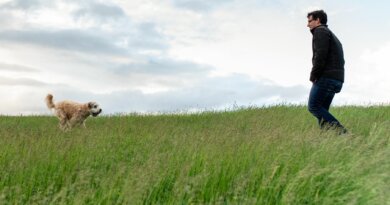Komondor
Traits
- Long, thick, white corded double coat
- Broad head with short muzzle
- Grayish skin tone
- Level “scissors” bite
Ideal Human Companion
- Firm, alpha leaders
- Families with older children
- Hikers and long-walk aficionados
- Rural or suburban owners with a fenced-in yard
What They Are Like to Live With
Despite their somewhat comical appearance, Komondors are strong protectors. They were bred to be flock guardians and contended with formidable adversaries such as bears and wolves. They are very confident dogs and need a strong leader in order to be a good family dog. Obedience training is a must and socializing them early on is imperative to avoid human or dog aggression when grown.
Komondors are devoted to their families, wary of strangers and are highly intelligent. Owning a Komondor is owning an independent dog, capable of fierceness but also of love.
Things You Should Know
Komondors are relatively healthy dogs with skin allergies, hip dysplasia and bloat as their main health concerns. Komondors with skin allergies or parasites are a bit tougher to treat than other breeds because of their massive coat. Washing with the proper shampoo is recommended, as dipping the dogs can discolor their white fur. Hip dysplasia is common and manageable in many big dogs and the risk of bloat can be lessened by raising the dog’s food and water bowls. Their messy-looking corded coat is actually very neat and should be separated carefully weekly. They do need frequent bathing (expect a long drying time)
Komondors live approximately 10 to 12 years. They mature a little more slowly than smaller dogs but their serious demeanor means less, if any, of the goofy adolescent years. Komondors are actually very lazy dogs due to their need to conserve energy when guarding a flock so they could fight any attackers on a drop.
Komondor History
It is believed that Komondors, descendants from Tibetan dogs, hail from Hungary when the Magyars (nomadic people) came from Asia around 1000 A.D. There’s also a possibility that they come from the Cumans (a Turkish nomadic people) in Cumania where Komondor bones have been found. Indeed, “Komondor” means “dog of the Cumans.”
They were seen first in dog shows in the 1920s and accepted by the AKC in 1937. As of 2011, they rank 154th on the AKC Dog Registry.




